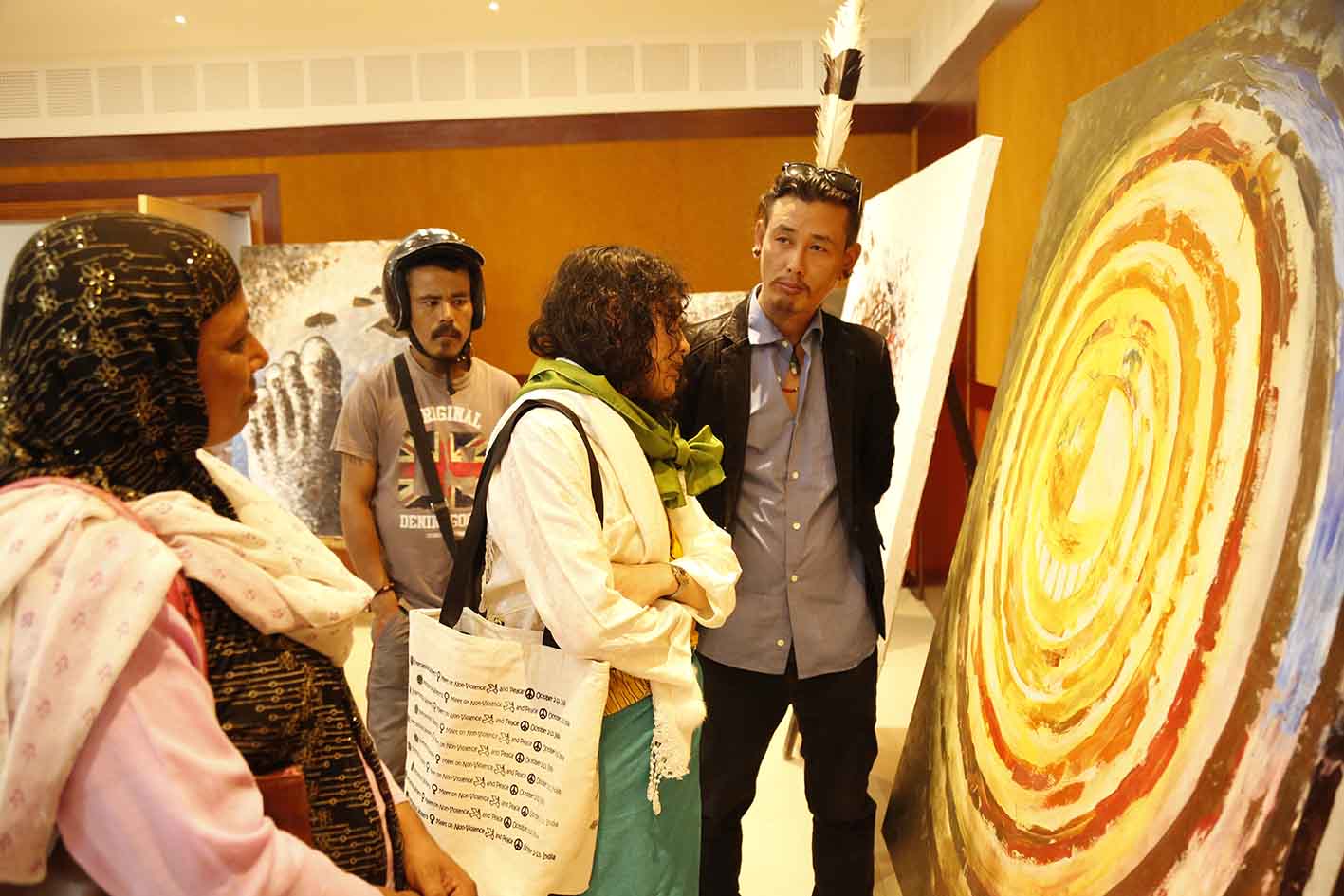“History has become a catechism. You are given a question; you are given the answer. You stick with that question and you stick with that answer. Don’t ask another question and don’t look for another answer”, said Historian Romila Thapar in an interview about contemporary India.
I should admit that while attending an online seminar organized by the Vishwa Bharathi University on August 5TH, 2022 AT 4 pm, I kept my ears to the ground. Vice Chancellors of four Central Universities were reviewing a book. I was pleasantly surprised to hear the Vice Chancellor of a Central University speaking about drinking water, LED lights and how a model practiced in Gujarat could be successfully implemented at the national level. I thought to myself that it’s a positive change in the approach of our intelligentsia that Vice Chancellors are discussing about Gober-gas energy production and self reliance in power, reaching drinking water to all etc; but the moment that second speaker, Vice Chancellor of another Central University, started speaking almost on the same points and almost in the same language, I was feeling suffocated. Then comes the third Vice Chancellor. The wind ran out of the storm and the breath ran out of the wind! A ‘Breathless’ moment as the iconic film maker Jean-Luc-Godard titled his classic film.

That online seminar was a kind of foretaste of what I have read in ‘The Telegraph’ by Romila Thapar. They were raising certain basic questions concerning our nation and were obviously provided with the answers too, in the guise of a book-review seminar.
I am a practicing film maker and the medium of cinema excites me while making a new film. The simple reason could be that in the process of making it, an idiom emerges. In that sense, cinema is from the family of music and closer to poetry in its nature. Cinema was shameless in imbibing from literature, theatre, painting, music and all the other art forms that had existed till cinema happened. But if it doesn’t get that inner breath of the Director of a film, he could be termed may be as ‘Managing Director’ and his work as ‘Cinema-Circus’.
A piece of cinema attains that spiritual quality only when it can migrate from a given historic-cultural context to a completely different situation in a far-away place and culture. Cinema can work in a fictional or non-fictional narrative in the minds of viewers, with no referential reach to the story depicted.
I don’t write a script or the narration for another film maker, the reason being simple, that it’s an organic process which cannot be divorced from each other. Yet, when my friend R.Ravi approached me to write the narration for his latest film ‘ The First Sky’, which was made on the tribulations of artist Sorei Keishing from Tangkhul, I did it for him. There is a soul-searching dimension to the paintings of Sorei Keishing. I could immediately throb with those images as a complete outsider parachuted in Manipur, travelled beyond the valley and had attempted to tell stories. Some films could penetrate and get into that decisive moment of truth and some others failed.

Once, planted a cracker bomb while pretending to take a community photograph at Imphal and then rolled my camera. In fact, I was planting a question in my mind, with a ready-made answer. A naïve film maker expecting a helter-skelter rush of people hearing the blast while posing for my camera. By planting that cracker bomb I got a revealing answer- “Don’t try your gimmicks please. We can differentiate a heavy cracker sound and a bomb blast”, they told me very coolly. That ever-humbling experience in Imphal more than two decades ago, sub-consciously alerted me to avoid a conclusion while starting a film journey.
The propaganda nature of the Vice Chancellors were caught by the very same cameras to which they were speaking to. That’s what cameras are capable of. A camera shoots your body and captures your soul- Cinema is a temporal art. We often use words not to reveal but to conceal and an artist does a kind of hide and seek by revealing and concealing. Trying to capture that elusive persona called Sorei Keishing, I wrote the text below:-
– When i saw a bird in the skies, I saw the bird and the sky together. As an image of freedom-not of conflict. But what does the bird see? The earth or the skies? A peaceful sky or turbulent earth? What does a bird see?
-In my search for that image of the meeting point of turbulence with tranquillity, I looked at the birds again. Flying is born out of nothing. The first sky is inside you.
-A portrait is different from a self portrait. I try to migrate and capture the soul of the person sitting in front of me. But as an artist, a breath of mine is too inhaled in the process. We look around and inhale the culture-the people-the identity. Identity is a loaded word, I know. We live in our multiple identities. I try to capture that through my paintings.
-Somewhere on the way, I lost into the by-lanes of external stimulae. Ecstasies, artificially gained, slowly replaced that natural sky within me. I was feeling my culture and life around, I thought. In actuality, I slipped -slipped and slipped away from myself and the real world.
-Journeying through the real struggles of an artist, I create. Creating images about image-less realities in life. Not by running away from reality as i did before. Getting into the vortex of creating images, to go beyond those images. Maybe like the bird, flying is born out of nothing-The first sky is within you…












